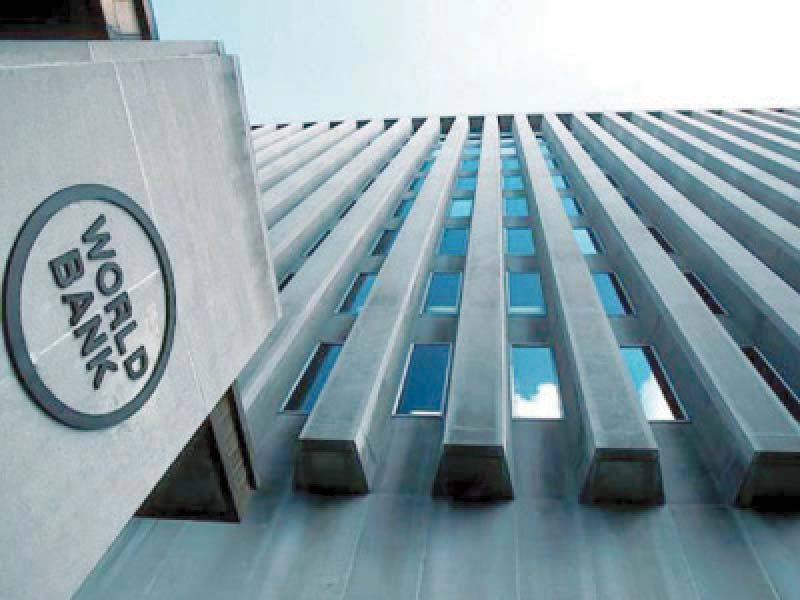
The World Bank has detected a flaw in the recently launched Uraan Pakistan plan, pointing out that the national economic vision lacks the basic ingredient required to fix Pakistan's ailing economy: "sectoral plans," it emerged this week.
However, Minister for Planning and Development Ahsan Iqbal denied the World Bank's assertion, stating that the 5E Framework and the home-grown economic plan have been blended and are backed by sectoral targets.
"A national vision, the 5E Framework to Turnaround Pakistan, has been developed but is yet to be translated into clear sectoral plans shared by all tiers of government, including provincial governments," stated the World Bank's Country Partnership Framework report, released on Wednesday.
The report is part of a $20 billion framework that the World Bank approved for the next 10 years.
The government's 5E Framework promises to focus on exports, economic growth, energy, education, and equality. However, the World Bank argues it does not have detailed sectoral plans. Prime Minister Shehbaz Sharif had also engaged UK economist Stefan Dercon to prepare a home-grown plan. The PM launched the 5E Framework on December 31.
"The 5E Framework is a strategic document backed by the 13th five-year plan and contains all the targets," said Iqbal. He described Uraan Pakistan as a combination of the 5E Framework and the home-grown plan.
The Prime Minister's Delivery Unit and the Planning Commission's National Economic Transformation Unit (NETU) will monitor the implementation of the 5E Framework on a quarterly basis, the planning minister added.
The government also engaged Kearney Consulting — a foreign consulting firmto review the documents before publication. The firm will be paid a significant amount.
However, evidence of haste in launching the plan emerged when the new vision stated that by 2035, Pakistan's economy would be worth $1 billiona glaring typo that remained in the document despite a quality check by Kearney Consulting and the Ministry of Planning and Development.
"The 5E Framework targets the economy to triple over the next decade to $1 billion," the Economic Transformation Agenda and Implementation Plan stated on the Prime Minister's Office website. The actual target is $1 trillion, as Pakistan's current GDP stands at approximately $375 billion.
The World Bank report noted that Pakistan's development challenges require coordinated and sustained reforms and investments at scale.
"Plans and strategies have been announced in several key sectors, including in provinces, and the federal government has recently adopted a comprehensive and ambitious economic reform plan," it said.
However, it noted that previous attempts at implementing such plans were often derailed by the need to address short-term macroeconomic challenges or by changes in government.
"While the current government has embarked on ambitious structural reforms, the past track record of short-lived reform episodes has eroded the credibility of the public discourse on reforms," the World Bank observed.
The lender stressed that Pakistan needs both decisive, frontloaded action on short-term macro-fiscal priorities and a sustained long-term commitment to improve the foundations for growth and development.
With a fast-growing population exceeding 240 million, Pakistan has yet to capitalise on a potential demographic dividend. The World Bank highlighted that short periods of growth have benefited upper-income groups, while the majority of the population has been left behind.
With 3.4 births per woman in 2022 — the highest fertility rate in South Asiathe labour market is expanding faster than the total population, resulting in high youth disenchantment.
The World Bank noted that much of the labour force is employed in low-productivity, informal jobs, particularly for women. This is exacerbated by poor human development outcomes: child stunting rates stagnate at nearly 40%, learning poverty exceeds 78%, and infant mortality rates remain high at 62 deaths per 1,000 births.
Many parts of the country, especially rural areas and major cities, lack access to clean water and sanitation.
The report warned that Pakistan needs to break away from stop-and-go reform cycles to build credibility and commit to a stable development course.
From 2000 to 2023, Pakistan achieved annual per capita GDP growth of just 2.2% — almost half the South Asia average.
The World Bank said unsustainable, consumption-driven growth spurts have repeatedly led to economic crises. Macroeconomic mismanagement has caused fiscal and external imbalances, growing debt burdens, and the erosion of external buffers.
These challenges reflect underlying problems of an uncoordinated intergovernmental fiscal architecture, unsustainable fiscal policies, low investment, and low productivity.
It cautioned that despite recent stabilisation, Pakistan faces a challenging macroeconomic outlook. Sustained recovery will require reforms to durably increase fiscal space and reduce debt levels.
Without major, sustained reforms to raise fiscal space and competitiveness in the tradable sector, Pakistan risks continued foreign exchange crises due to persistent trade deficits and limited access to external financing, including foreign direct investment.





1737115370-0/fizza-(51)1737115370-0-165x106.webp)
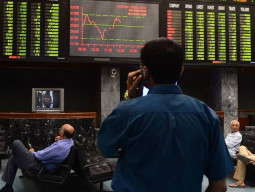


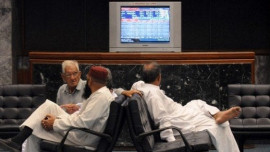
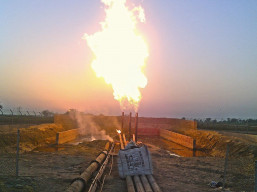
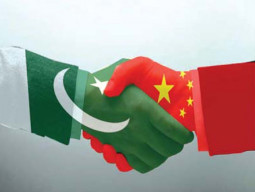











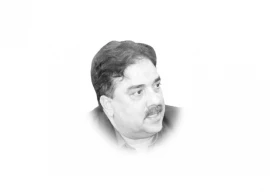
COMMENTS
Comments are moderated and generally will be posted if they are on-topic and not abusive.
For more information, please see our Comments FAQ